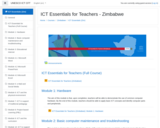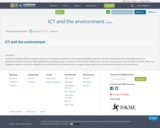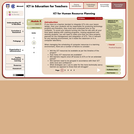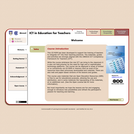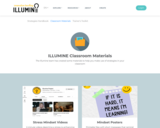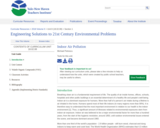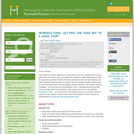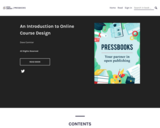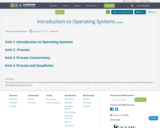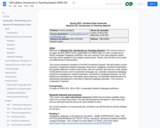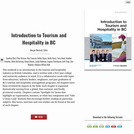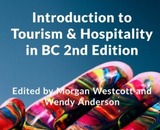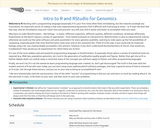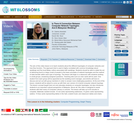Short Description:
Note: The second edition of this book was published September 2020. You can find it here: Introduction to Tourism and Hospitality in BC - 2nd Edition. This textbook is an introduction to the tourism and hospitality industry in British Columbia, and is written with a first year college and university audience in mind. It is a collaborative work with input from educators, industry leaders, employers, and past graduates of BC’s tourism and hospitality management programs. All chapters have been reviewed by experts in the field. Each chapter is organized thematically moving from a global, then national, and finally provincial context. Chapters contain "Spotlight On" boxes that highlight an organization, business, or other key component and "Take a Closer Look" features that encourage further reading on particular subjects. Key terms, exercises and case studies can be found at the end of each chapter.
Long Description:
This textbook is an introduction to the tourism and hospitality industry in British Columbia, and is written with a first year college and university audience in mind. It is a collaborative work with input from educators, industry leaders, employers, and past graduates of BC’s tourism and hospitality management programs. All chapters have been reviewed by experts in the field.
Each chapter is organized thematically moving from a global, then national and finally provincial context. Some chapters are quite global in focus while others concentrate primarily on British Columbia. Chapter content is based on available data and research, and input from collaborators.
Each chapter features “Spotlight On” text boxes that highlight an organization, business, or other key component of the chapter’s theme. “Take a Closer Look” features encourage students to do further reading on particular subjects.
At the end of each chapter, key terms are presented in alphabetical order to help students gain confidence with terminology. These are followed by chapter exercises and a case study for in-depth exploration of the subject matter. Key terms are summarized in a Glossary at the end of the textbook.
Word Count: 114862
ISBN: 978-1-989623-69-5
(Note: This resource's metadata has been created automatically by reformatting and/or combining the information that the author initially provided as part of a bulk import process.)



